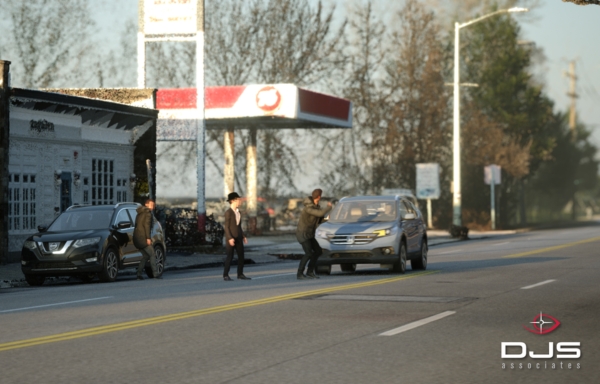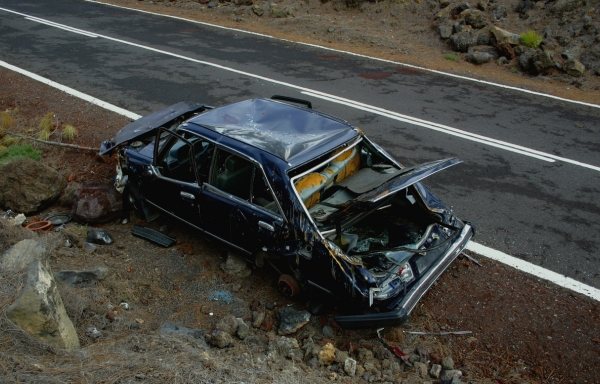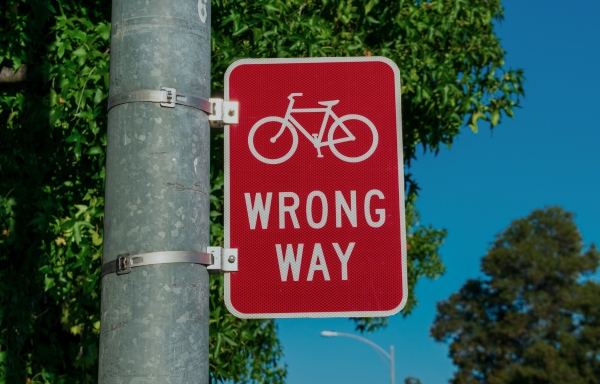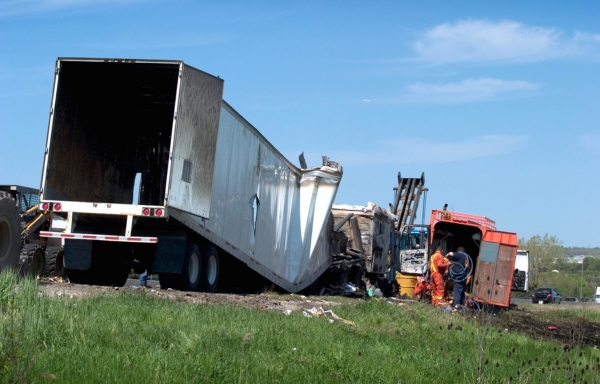Bringing Driver Visibility Claims to Light with 3D Analysis & Daylight Systems

Case Summary: Plaintiff stepped onto a four-lane, two-directional roadway to cross over to its north side when they were struck by a vehicle traveling eastbound in the left lane. Based on the vehicle’s reduction in speed and lefthand turn signal activation, Plaintiff had reasonably concluded that it was safe to cross the road as the vehicle made the left turn. However, rather than following its indicated path, Defendant’s vehicle rapidly accelerated from a speed of 3 mph to 16 mph and collided with Plaintiff, throwing them 25 feet to where they came to rest in the right lane. Plaintiff sustained a laceration and minor road rash on the right side of their temple and right arm, also noting severe pain in the right knee.
Defendant claimed that they were unable to see Plaintiff due to sun glare, shadows affecting visibility, and Plaintiff being in their peripheral line of vision.
Expert Analysis: Collision reconstruction animations were based on surveillance video analysis. Techniques utilized to ensure accuracy included reverse projection photogrammetry and a 3D daylight system to demonstrate the low sunlight angle.
A 3D daylight system is a powerful tool for positioning 3D sunlight based on spatial and temporal data. Once the system is calibrated with geographic coordinates, date, and time, rays of light generated in animation software can interact with the virtual 3D environment—modeled on 3D LiDAR scan point cloud data, drone image photogrammetry, or terrestrial image photogrammetry—to accurately cast areas of light and shadow. 3D daylight systems can be validated using multiple methods. For example, reverse projection photogrammetry techniques can be applied to compare shadow positions from evidence video or photographs with those in the computer-based reconstruction. Shadow length and direction can be documented during a site inspection under similar conditions, then compared to measurements in the 3D daylight system. In addition, online sun position calculators can provide the shadow length for an object of any given height at a specified location.
Collision reconstruction animations illustrate physical factors, including object speeds, acceleration, distances, and travel paths. Portraying sun position can further assist clients, judges, and juries to assess whether the involved parties appropriately responded to potential hazards posed by sun glare. On the other side of the spectrum, accurately casted shadows may indicate areas of low light where details or objects could be hard to distinguish.
Surveillance video analysis allowed the collision reconstruction to be viewed from three angles, including an animated camera that was positioned between the Defendant’s view and a fixed third perspective. One of many advantages offered by reverse projection photogrammetry is the ability to “step out” of a surveillance camera’s limited perspective to view movements of the involved parties from anywhere within the environment, such as the driver seat of a vehicle.
Resulting animations demonstrated how Defendant had a clear sight line of pedestrians crossing the roadway. If Defendant had been truly “blinded” as claimed, it was his responsibility as the driver to take action (i.e., slowing down, utilizing sunglasses or a sun visor, clearing the windshield, etc.) before proceeding, rather than rapidly accelerating toward an area (occupied by Plaintiff) that he reportedly could not see.
DJS Associates, Inc.’s engineering analysis and 3D animations established:
- Plaintiff was within Defendant’s direct line of sight, not in their peripheral vision.
- Sun glare would not have prevented visibility, provided Defendant had taken standard precautions such as using a sun visor, wearing sunglasses, or slowing down.
- Environmental conditions like nearby vehicles and buildings or Plaintiff’s clothing did not obscure visibility.
The circumstances cited by Defendant are common to all drivers and do not excuse a failure to exercise reasonable care. Had Defendant been attentive and acted with proper caution, the collision could have been avoided.
Result: Case settled.
Visit the DJS YouTube channel to watch more 3D Engineering Animations!
Laurence R. Penn, CFVT
Senior Forensic Animation / Video Specialist
View all articles by Laurence R. Penn, CFVT

